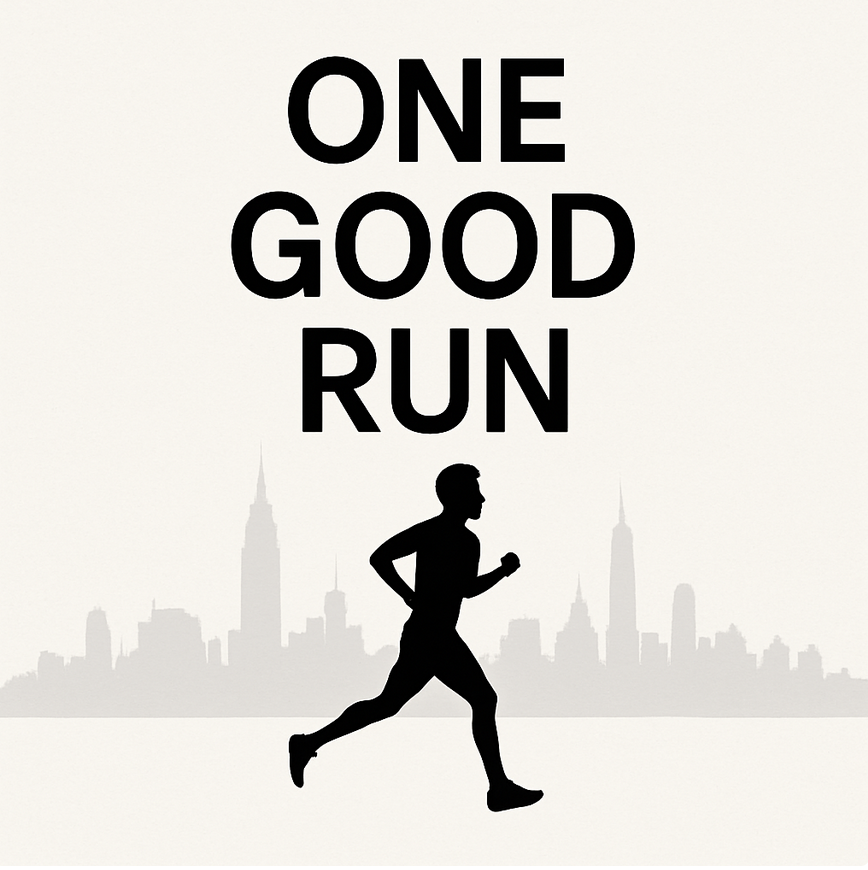Usain Bolt is one of the fastest athletes the world has ever known. His success at the Rio Olympics is reinforcing his legendary success and his consistency proves he is worthy of greatness.
Having read his autobiography recently, Faster than Lightning: My Autobiography I wanted to share with you a few points about what has lead to his amazing success:
1. Good foundation
When he was a kid growing up, Bolt was always on the move, running around, exploring his environment in the Jamaican back country.
In his book, he states he was a hyperactive child, and his parents were so worried about him they took him to see a doctor! His incredible movement literacy developed at an early age.
Bolt writes, "There was always somewhere to play, always somewhere to run and always something to climb. The woods delivered an exercise program suitable for any wannabe sprinter, with clearings to play in and assault courses made from broken coconut trees."
“Forget sitting around all day playing computer games like some kids do now; I loved to be outside, chasing around exploring and running barefoot as fast as I could””
Complimenting all of this physical activity was a diet high in fruits and vegetables - that he would often eat straight from the tree. "I never went hungry because it was a farming community and we lived off whatever grew in the area, which was a lot. There were yams, bananas, coca, coconut, berries, cane, jelly trees, mangoes, oranges, guava. Everything grew in and around the backyard."
2. Bounces back from injuries
Injuries were a constant battle for him. Early in his career, his doctor diagnosed him with scoliosis of the spine. He was prescribed daily physiotherapy stretches and worked with a masseuse to help correct his posture - sometimes even before and after his training sessions.
He also had numerous injuries to his hamstrings, very common for a sprinter, and had to go through lengthy physio and rehabilitation to get him back on track. As part of his conditioning, he spent a lot of time working on his core - up to 700 sit-ups per day!
““If I was going to be a top runner, my core muscles had to be strong so I could generate serious power in my legs as I burned around the track. But doing them was tough.””
Bolt found a way to seek the positive from his injuries. He writes, "There's something the training manuals don't tell an athlete about injuries in track and field: they're about self-discovery as well as recovery; learning the mind is as important as understanding the body. Pain thresholds, patience and inner strength are things that's can't be found in a running magazine."
3. Doesn't take himself too seriously
Usain Bolt seems to have perfected the balance of the professional demands of an elite athlete with a real sense of play. He loves his fast cars, dancing and knows how to have a good time. Supreme confidence in his training and his body leads Bolt into a relaxed state of mind that helps him get into the zone.
Here's Usain dancing to the Proclaimers at a race meet:
His balanced approach also extends to his diet - he doesn't follow any strict dietary practices and has a weakness for chicken nuggets.
He writes, at the Beijing Olympics he didn't like any of the local food. "At first I ate a box of 20 for lunch, then another for dinner. The next day I had two boxes for breakfast, one for lunch and then another couple in the evening, I even grabbed some fries and an apple pie to go with it. By the times the games ended, I must have eaten around 1,000 chunks of chicken.
“Man, I should have got a gold medal for all that chowing down.” ”
One of his team mates eventually introduced him to 'Thousand Island' dressing that he added to salads to balance things out a bit.

























